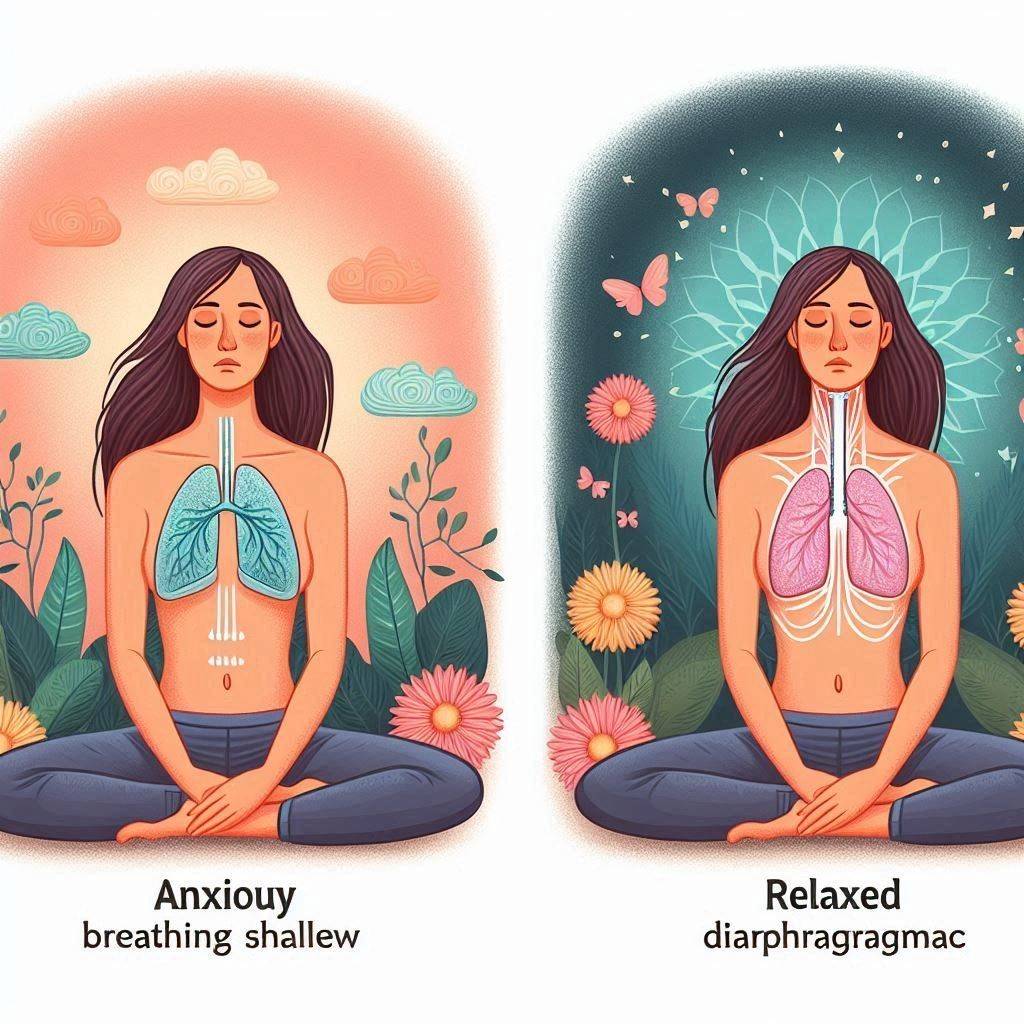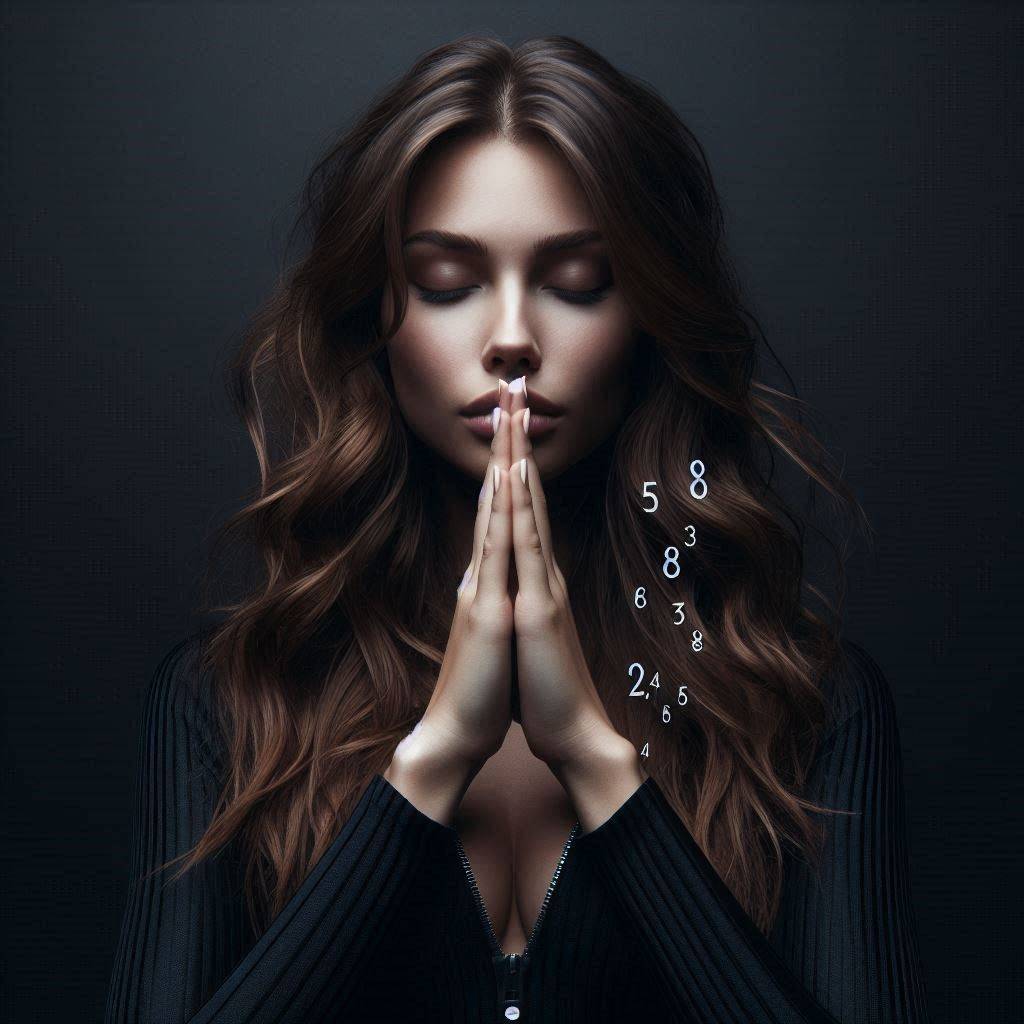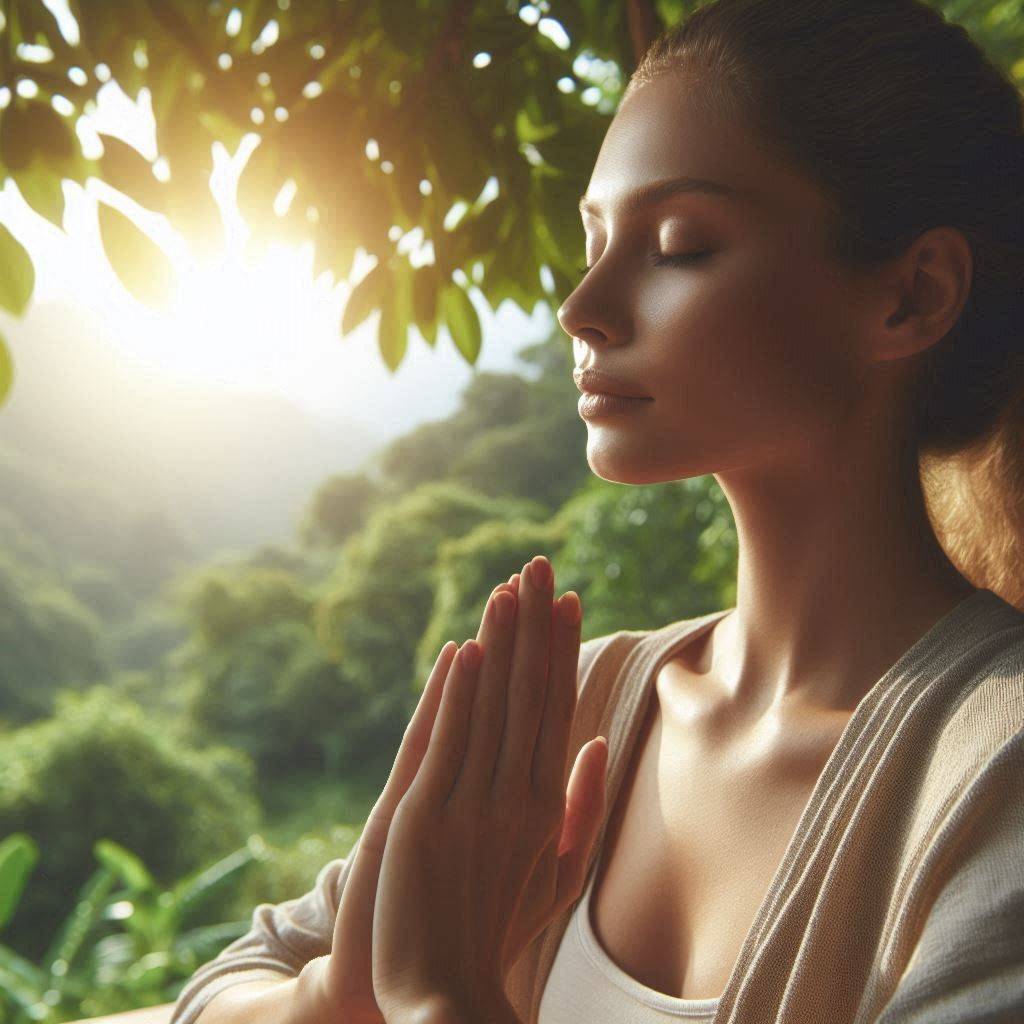Discover the best breathing exercise for anxiety. Learn step-by-step instructions and science-backed tips for lasting relief.
Quick Summary
The best breathing exercise for anxiety is the 4-7-8 technique. Inhale for 4 seconds, hold for 7, exhale for 8. Practice 2-3 times daily. This method activates your parasympathetic nervous system, reducing stress hormones and promoting relaxation. Consistency is key for long-term anxiety management.
Understanding Anxiety and Breathing

Anxiety and breathing are intimately connected. When we’re anxious, our breathing becomes shallow and rapid, which can exacerbate feelings of stress and panic. The best breathing exercise for anxiety can break this cycle, helping you regain control and find calm.
The Science Behind the Best Breathing Exercise for Anxiety
Before we dive into the techniques, let’s understand why breathing exercises work. The best breathing exercise for anxiety targets your body’s stress response system.
When you’re anxious, your sympathetic nervous system (fight or flight) is activated. Deep, controlled breathing stimulates the vagus nerve, activating your parasympathetic nervous system (rest and digest). This physiological shift helps reduce anxiety symptoms.
The 4-7-8 Technique: Best Breathing Exercise for Anxiety

After years of practice and research, I’ve found the 4-7-8 technique to be the best breathing exercise for anxiety. Here’s how to do it:
- Sit comfortably or lie down.
- Place the tip of your tongue behind your upper front teeth.
- Exhale completely through your mouth, making a whoosh sound.
- Close your mouth and inhale quietly through your nose for 4 seconds.
- Hold your breath for 7 seconds.
- Exhale completely through your mouth for 8 seconds, making a whoosh sound.
- Repeat this cycle 4 times.
I’ve personally used this technique during high-stress situations, like public speaking engagements and job interviews. The immediate calming effect is remarkable.
Why the 4-7-8 Technique is the Best Breathing Exercise for Anxiety
- Oxygen Balance: The 4-second inhale ensures you’re getting enough oxygen.
- CO2 Regulation: The 7-second hold allows CO2 to build up slightly, which can have a calming effect.
- Parasympathetic Activation: The long 8-second exhale stimulates the vagus nerve, activating your relaxation response.
- Mindfulness: The counting aspect keeps your mind focused, preventing anxious thoughts.
Mastering the Best Breathing Exercise for Anxiety
Like any skill, the best breathing exercise for anxiety requires practice. Here’s a suggested routine:
- Morning: 2 cycles upon waking
- Afternoon: 2 cycles after lunch
- Evening: 2 cycles before bed
I’ve found that consistent practice makes it easier to use this technique effectively during high-stress moments.
Advanced Variations of the Best Breathing Exercise for Anxiety
Once you’ve mastered the basic 4-7-8 technique, try these variations:
- Visual 4-7-8: Imagine a square. Trace the top line as you inhale for 4, the right side as you hold for 7, the bottom as you exhale for 8, and the left side as you prepare for the next breath.
- Progressive 4-7-8: Start with 4-7-8, then move to 5-8-9, then 6-9-10, increasing the counts while maintaining the ratio.
- Nature-Inspired 4-7-8: Pair each phase with a nature image. Inhale (mountain), hold (still lake), exhale (gentle breeze).
Complementary Practices to Enhance the Best Breathing Exercise for Anxiety
While the 4-7-8 technique is the best breathing exercise for anxiety, combining it with other practices can amplify its effects:
- Progressive Muscle Relaxation: Tense and relax each muscle group during the breath hold.
- Mindfulness Meditation: Use the breath as an anchor for mindfulness practice.
- Yoga: Incorporate the 4-7-8 breath into your yoga routine.
- Aromatherapy: Use calming scents like lavender during your breathing practice.
Real-Life Applications of the Best Breathing Exercise for Anxiety
Let’s explore how to use this best breathing exercise for anxiety in various situations.
- Before a presentation: Do one cycle in the restroom or your seat before starting.
- During a Panic Attack, Focus on the extended exhale to calm your system.
- To Combat Insomnia: Practice 4-7-8 breathing lying in bed to promote sleep.
- In Traffic: Use red lights as reminders to take a 4-7-8 breath.
- During Arguments: Excuse yourself for taking a few 4-7-8 breaths to stay calm.
I’ve personally used the 4-7-8 technique in all these situations, and it’s been a significant change in managing my anxiety.
Common Mistakes to Avoid with the Best Breathing Exercise for Anxiety
Even the best breathing exercise for anxiety can be less effective if not done correctly. Here are some pitfalls to avoid:
- Forcing the Breath: Never strain. If the counts are too long, adjust them while keeping the ratio.
- Inconsistent Practice: Sporadic use won’t yield the best results. Aim for daily practice.
- Shallow Breathing: Ensure you’re breathing from your diaphragm, not your chest.
- Holding Tension: Keep your body relaxed, especially your shoulders and jaw.
- Expecting Instant Results: While immediate relief is possible, long-term benefits come with consistent practice.
Tracking Your Progress with the Best Breathing Exercise for Anxiety
To maximize the benefits of the best breathing exercise for anxiety, consider tracking your progress:
- Anxiety Journal: Note your anxiety levels before and after each session.
- Heart Rate Monitoring: Use a smartwatch or app to track how exercise affects your heart rate.
- Breath Control Improvements: Notice how your ability to complete the full 4-7-8 cycle improves over time.
- Sleep Quality: If practicing before bed, note any improvements in sleep quality.
I’ve found that tracking my progress not only helps me see the benefits but also motivates me to maintain consistent practice.
Frequently Asked Questions
Which breathing technique is best for anxiety?
The 4-7-8 technique is widely considered the best breathing exercise for anxiety. It combines deep inhalation, breath retention, and prolonged exhalation to activate the parasympathetic nervous system effectively. However, other techniques like box breathing or diaphragmatic breathing can also be beneficial.
Can breathing exercises reduce anxiety?
Yes, breathing exercises can significantly reduce anxiety. The best breathing exercise for anxiety, like the 4-7-8 technique, helps regulate the autonomic nervous system, decrease stress hormones, and increase oxygen flow to the brain. Regular practice can lead to both immediate and long-term anxiety relief.
Why do I feel a constant need to take a deep breath anxiety?
The constant need to take a deep breath during anxiety is often because of hyperventilation or chest breathing. This shallow breathing can create a feeling of air hunger. Practicing the best breathing exercise for anxiety regularly can help retrain your breathing patterns and alleviate this sensation.
How to control breathlessness and anxiety?
To control breathlessness and anxiety:
- Practice the best breathing exercise for anxiety (4-7-8 technique) regularly
- Focus on diaphragmatic breathing
- Use pursed-lip breathing during acute episodes
- Stay hydrated and avoid caffeine
- Practice progressive muscle relaxation
- Seek professional help if symptoms persist
Conclusion
Mastering the best breathing exercise for anxiety can be a powerful tool in your mental health toolkit. Remember, consistency is key. With regular practice, you’ll find yourself better equipped to handle stress and anxiety in your daily life. Thank you for reading, and here’s to breathing easier!
Recommended Reading



